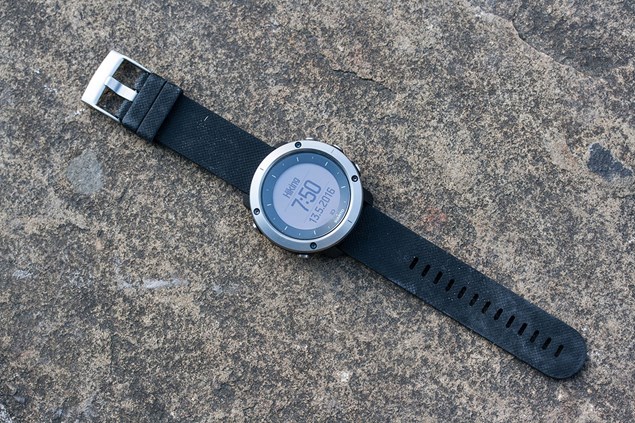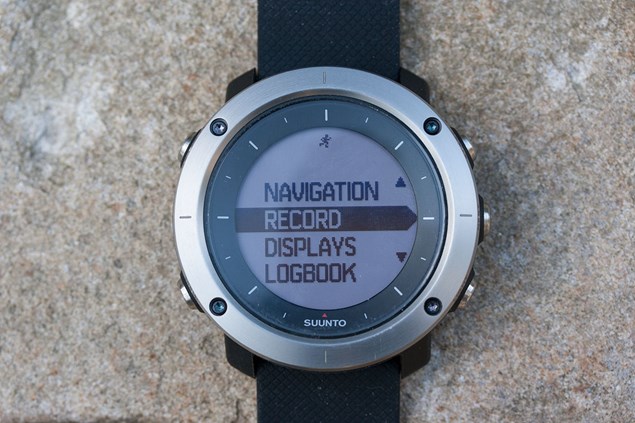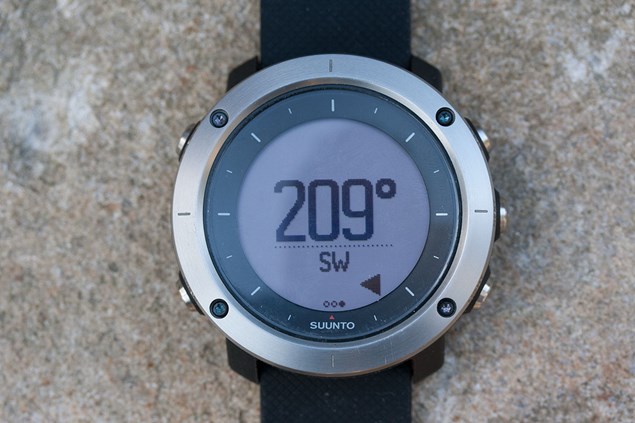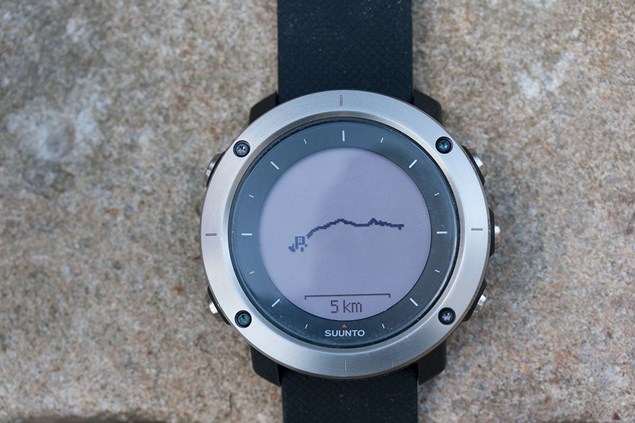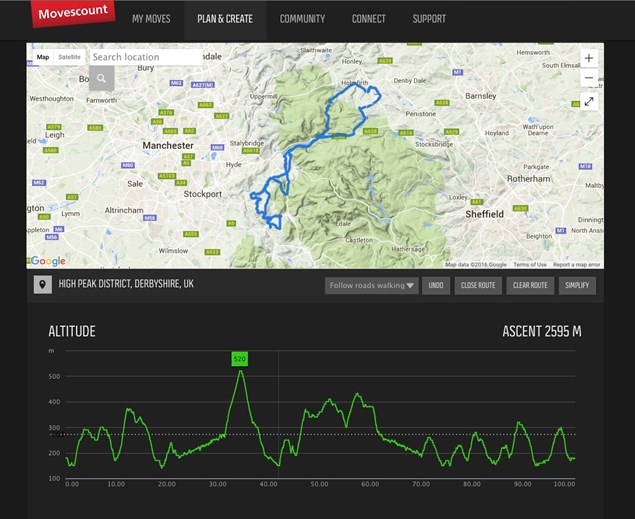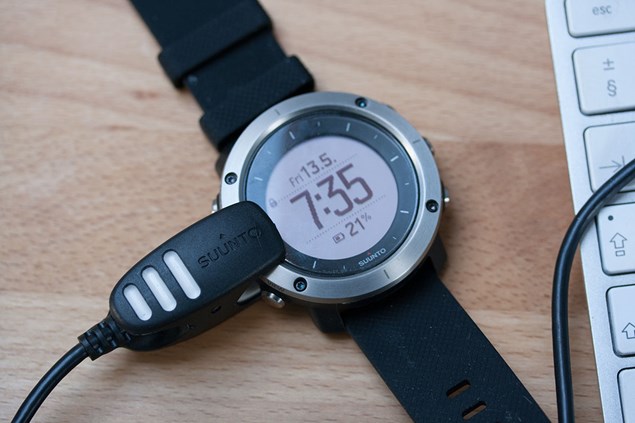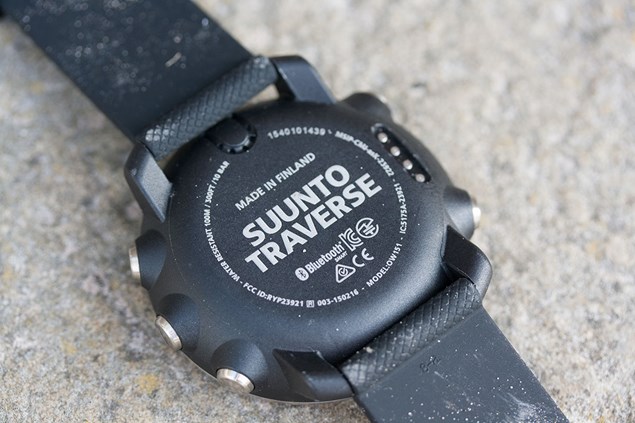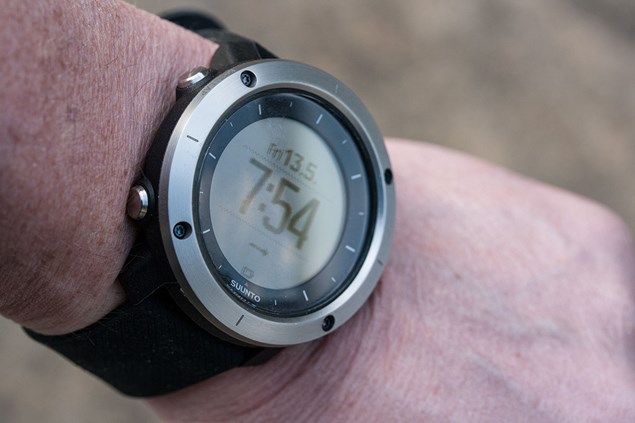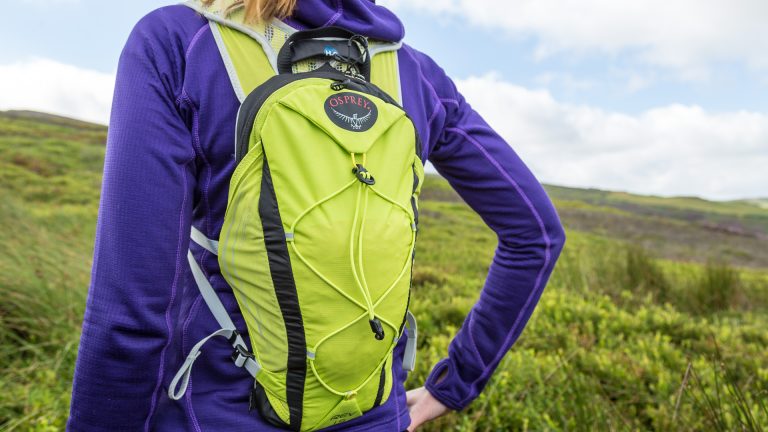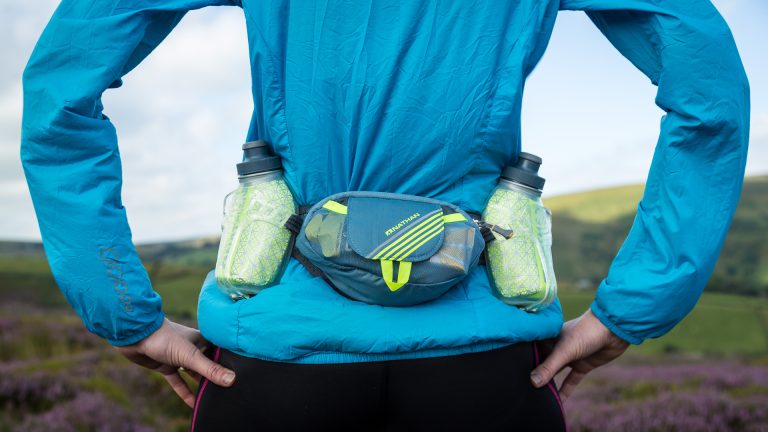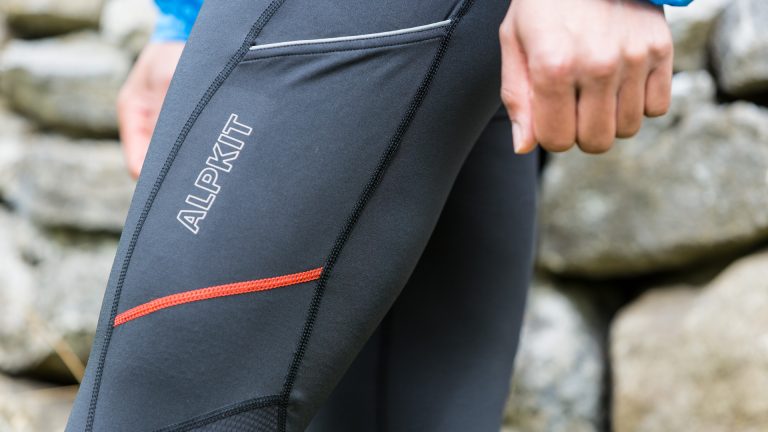
The rationale behind GPS watches like the new-ish Suunto Traverse is that they give you most of the functionality of a conventional GPS unit, but leave your hands free to do useful stuff like holding trekking poles or clinging onto climbing holds or via ferrata rungs.
We like that as a concept. The downside is that they tend to be bulkier than a conventional watch, which can make them problematic used with some clothing and gloves. The Traverse, Suunto’s first outdoor-specific watch, feels solidly engineered – it meets military standards – and despite being a fair old chunk of technology, sat pretty comfortably on the slimmer than average editorial wrist.
Some of that is apparently because the antenna for the GPS/GLONASS receiver has been incorporated into the bezel of the watch, but all you really need to know is that it is surprisingly wearable in an unobtrusive way and it does leave your hands free.

